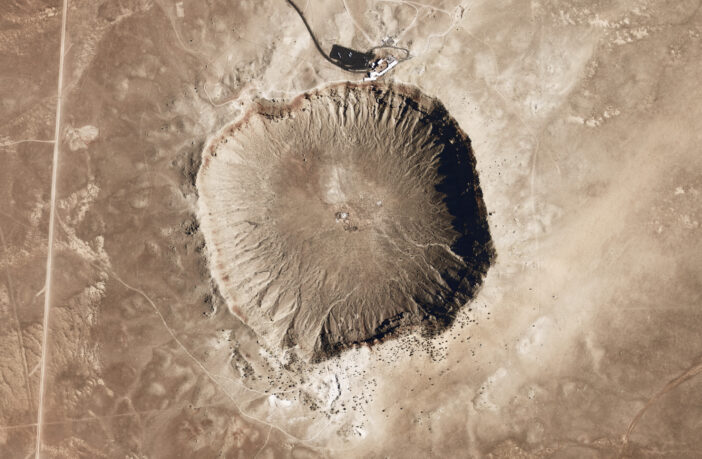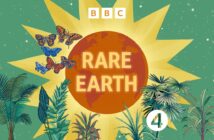A new international study shows how Earth got its water
These days, asteroids get a very bad press. As depicted in blockbuster movies, such as Don’t Look Up, we see asteroids as a potential source of grave danger to humanity. It doesn’t help that, 66 million years ago, a giant asteroid wiped out about 75% of life on Earth, including the dinosaurs. Even in more recent times, an exploding asteroid devasted a huge area of Siberia in 1909. And more than 1,000 people were injured in Chelyabinsk, Russia in 2013 due to the blast from an incoming meteorite. Governments take the threat so seriously that they have funded the NASA DART and ESA Hera missions to test ways to divert potential “killer” asteroids.
But now the results from a new international study published today (19 December 2022) in the journal Nature Astronomy reveal that asteroids are life givers too. Earth formed in the dry inner Solar System. It would have remained inhospitable and lifeless, had water not been transported to it by asteroids that originated in the outer Solar System.
Using world-class oxygen isotope analysis facilities at The Open University (OU), an international team (Team Kochi) has been studying precious samples returned to Earth in 2020 from asteroid 162173 Ryugu by the Japanese Space Agency (JAXA) Hayabusa2 spacecraft.

Left to right: Sue Kinoshita of the British Embassy, Tokyo receives the Open University samples at an official handover ceremony. Senior Research Fellow Richard Greenwood in the Open University clean room discusses curation issues with Dr Motoo Ito head of Team Kochi. A Ryugu particle in its storage container. The laser sample chamber in which the oxygen isotopic composition of the Hayabusa samples were analysed.
The results of this new study clearly show that the Ryugu particles are a very close match to a rare group of water-rich meteorites known as the CIs (Ivuna type)1. CIs are extremely fragile materials and normally fragment during atmospheric entry and so, generally, fail to make it to the Earth’s surface as recoverable samples. Identification of asteroid Ryugu as a CI-type body suggests that this group is much more widespread amongst the asteroid population than its limited presence in our meteorite collections suggests.
This new finding has important implications for how Earth got its water, because CIs are also the most water-rich meteorite group we know of.
Dr Richard Greenwood, who led the analysis work at the OU explains further:
“We take it for granted that Earth has a lot of water. It’s Christmas time and we enjoy the idea of snow. But where did all that water come from? Earth formed in the dry inner Solar System. It would not have been a place where water was abundant. Scientists generally agree that Earth’s water was delivered by wet asteroids that originated in the outer parts of the Solar System and were then flung inwards, perhaps in response to the movement of the giant planets.
“Our results demonstrate that the material collected from asteroid Ryugu is closely similar to the composition of those early hydrated asteroids that brought life-giving water to Earth. In a very real sense, these “killer” asteroids saved planet Earth”.
The samples analysed at the OU form part of a consortium study led by Dr Motoo Ito of the Kochi Institute, Japan. Team Kochi members have been studying Ryugu particles in detail since their release to the scientific community in June 2021.
Dr Ito explains the nature of the work that the Kochi consortium has been undertaking:
“The samples returned by the Hayabusa2 spacecraft have provided a unique opportunity to study primitive, ancient, fragile materials that could not have survived atmospheric entry. Our team includes scientists based in Japan, the UK and US. We have been studying Ryugu particles in great detail using a variety of cutting-edge techniques.
“The analytical work undertaken at The Open University, UK was a very important part of our research effort. We are very grateful to the UK embassy in Tokyo for the help they gave in transporting Ryugu particles to the UK.”
The new study also underlines the pristine nature of the Ryugu particles, which unlike CIs are not contaminated by interaction with the Earth’s environment. CI chondrites have a composition that is essentially identical to that of the Sun1. As a result, CIs are important tools in understanding how the Solar System evolved. The fact that Ryugu particles are even more pristine than CIs means that they will become a vital new reference material and an essential tool in unlocking the early history of the Solar System.



